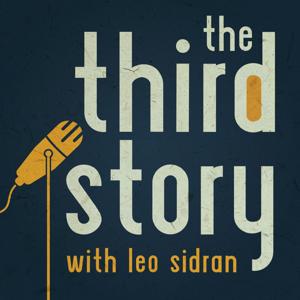British singer-songwriter dodie has spent half her life in public. Long before algorithms and engagement metrics ruled the day, she began posting homemade songs and videos on YouTube as a teenager from Essex. Her soft voice, self-effacing humor, and unfiltered honesty drew millions of viewers who watched her grow up online—sharing heartbreaks, mental-health struggles, and moments of joy in real time.
Fifteen years later, that same authenticity anchors her second album, Not For Lack of Trying (Decca / Verve), a project that finds her looking inward with more clarity and balance than ever. Produced with Joe Rubel, the record feels both intimate and expansive, blending hushed guitars, clarinets, and a subtle electronic pulse beneath lyrics about healing, boundaries, and learning to feel okay.
Here she talks about what it means to grow up online, how she learned to protect her private life, and the long road to emotional equilibrium. She opens up about the strange feedback loop of being praised for her pain, the decision to step back from constant posting, and the discovery that medication, therapy, and time have finally helped her feel "a bit better."
She discusses the making of Not For Lack of Trying, her collaboration with friends like Greta Isaac and producer Joe Rubel, and the sonic choices that define her sound - the low rumble of drop-tuned guitars and the warmth of analog synths supporting a voice that seems to hover just above the mix. "When I'm writing," she says, "I'm not aiming for how it sounds. I'm aiming for how it feels—I just want to get goosebumps."
Along the way, dodie reflects on the evolution from being a "special girl" with a ukulele and a webcam to becoming a full-fledged artist with more than a billion streams, seven million followers, and a place on Forbes' 30 Under 30 list. Through it all, she's still trying, still curious, still kind, still chasing that feeling.
www.third-story.com www.substack.leosidran.com www.wbgo.org/podcast/the-third-story




































